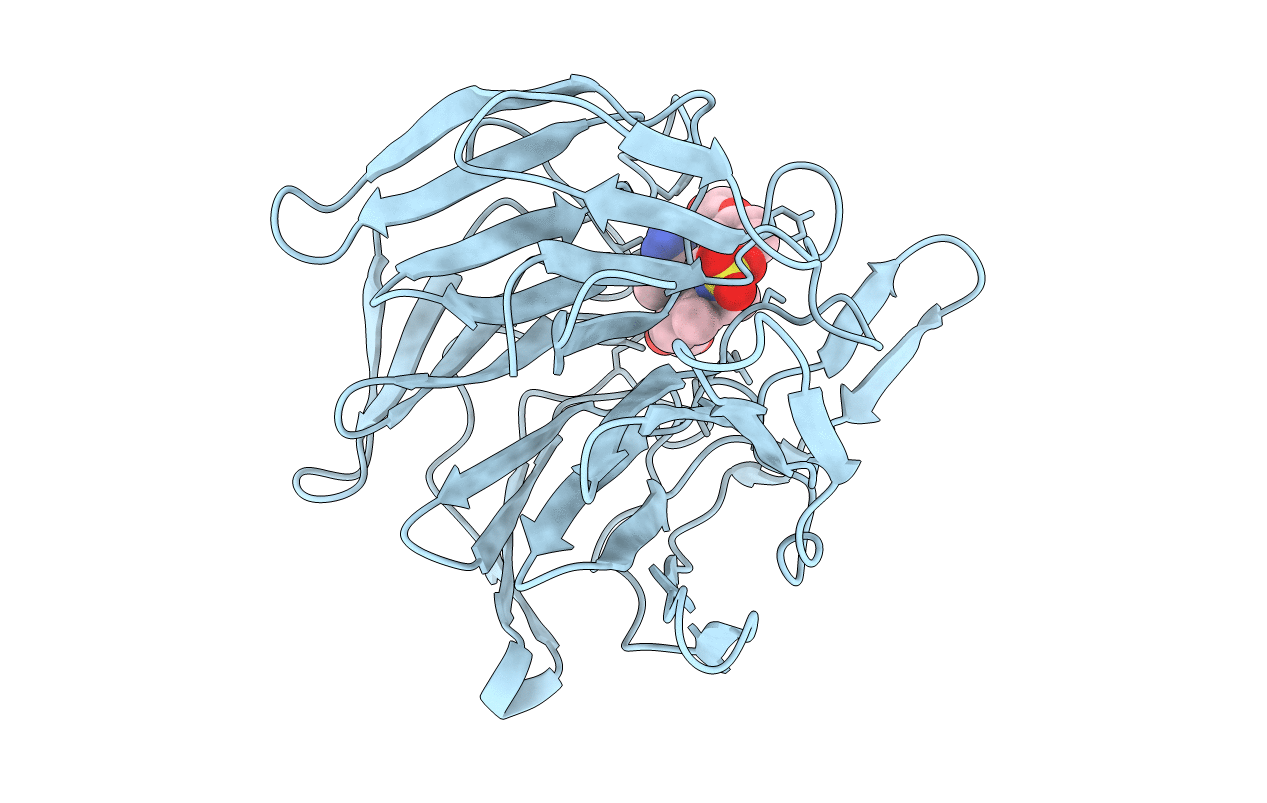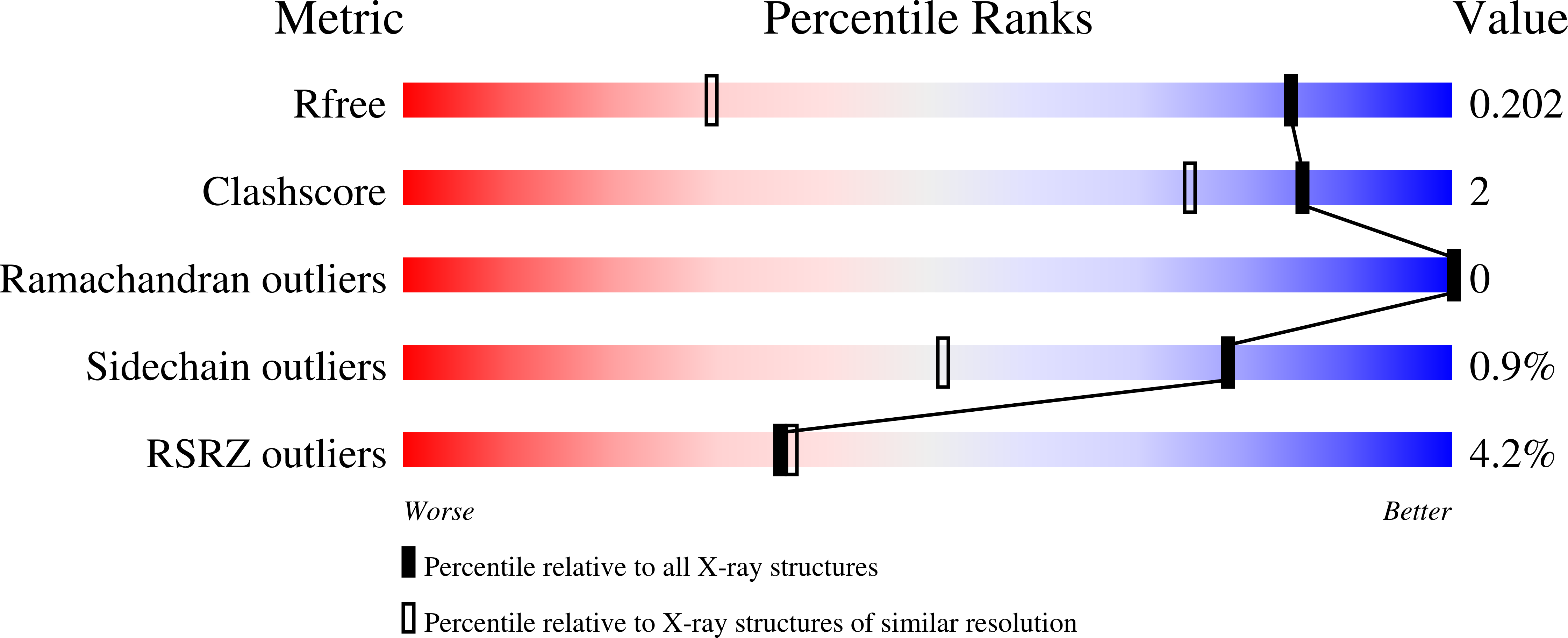
Deposition Date
2022-06-10
Release Date
2022-07-13
Last Version Date
2024-05-01
Entry Detail
PDB ID:
8A46
Keywords:
Title:
Crystal structure of the human Kelch domain of Keap1 in complex with compound S217879
Biological Source:
Source Organism:
Mus musculus (Taxon ID: 10090)
Host Organism:
Method Details:
Experimental Method:
Resolution:
1.32 Å
R-Value Free:
0.20
R-Value Work:
0.19
R-Value Observed:
0.19
Space Group:
P 61


